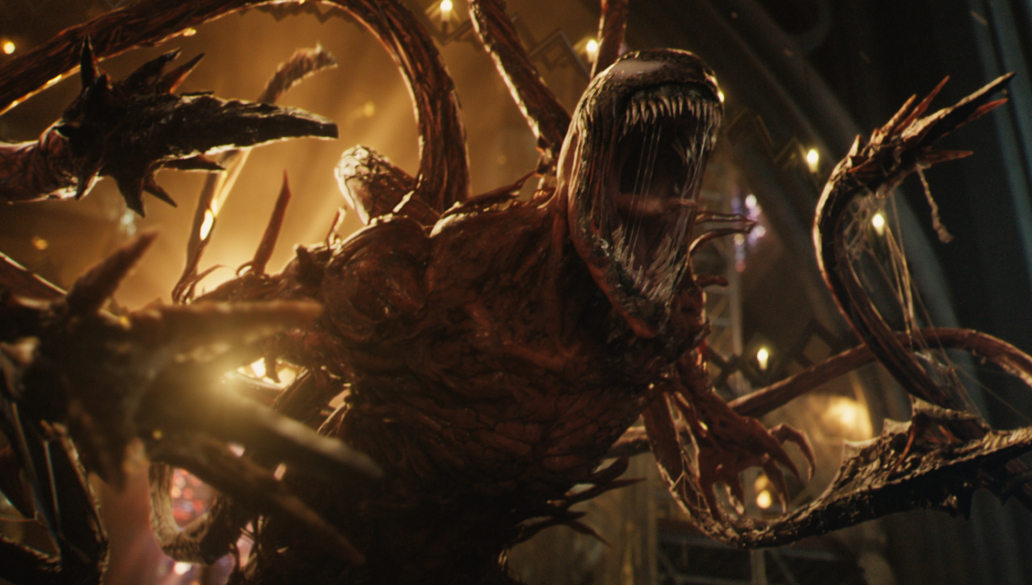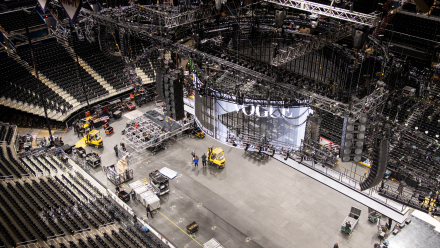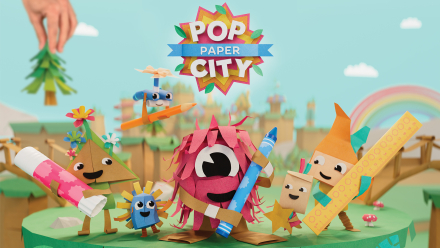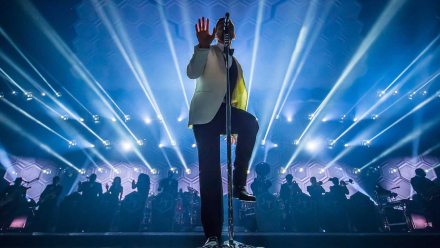Facts
Location
Germany, US, Canada, UK, Japan
Nemetschek Group Brands
Maxon
Scope
Lucas Cuenca was born in Ushuaia, Argentina, one of the southernmost cities in the world and a last stop for boats on their way to Antarctica. He made his way to Buenos Aires to study multimedia design, and that was where he first saw “The Lord of The Rings” in a theater.
Cuenca fell in love with the creatures and monsters and decided to finish school and move to New Zealand to work in film. “I was very naïve to think I was going to knock on the door, and someone was going to give me work,” he says, recalling how he saved up as much money as he could, grabbed a backpack and moved.
But after working for several studios in various countries, he was able to work his way up to being a part of bigger and bigger films. These days, he is creature supervisor at DNEG, one of the world’s top VFX and animation studios for film and episodic projects.
We talked with Cuenca about how he used ZBrush for “Venom: Let There Be Carnage,” one of the most challenging projects he’s ever worked on.
Tell us about how you became creature supervisor at DNEG and what it’s like working there.
Cuenca: I worked for years in the industry and finally got some work with DNEG on “Assassin’s Creed” and then “Pacific Rim Uprising.” I was also in the Art Department where I worked on Kaijus, and then I moved into the Build Department and Creature Effects.
Working in the Art Department before production really allowed me to bridge the gap because those two departments are usually detached. In the Art Department, it’s all about making everything look amazing. In production, it's about redesigning and figuring out how to make things move and perform because creatures are actors.
I was working at the DNEG office in London, but my wife and I are both into nature, the outdoors, lakes, and all that so London was not our thing. When I got a chance to transfer to the Vancouver office, I took it and became a lead artist there. Right away I started on the CG dogs in “Togo”, and I modeled and sculpted the mouse for “Dune” before starting on the Carnage character.
There’s a lot of teamwork here, lots of different departments working together. Sheena Duggal was the client VFX supervisor for Carnage with Mark Breakspear as additional VFX supervisor and Chris McLaughlin as DNEG VFX supervisor. I also have to give a shout out to the FX guys. They had to do so much work on the project, and the character’s gooey slime transformations are absolutely amazing.
What’s your workflow when you are designing a creature?
Cuenca: I am a designer and a technical artist, but I prefer design and I always want to do more on that side. Once I get a brief, I start in ZBrush right away. I’ve become very fast in ZBrush after all these years, and it’s cool because you can show a director or VFX supervisor things very quickly in multiple angles.
ZBrush also helps me get that seventy percent done up front. We’ll spend months and months on the last thirty percent of a project, but that initial development is getting everyone involved with the design and redesign. Smooth workflow requires a good foundation, and I like to start from simple to complex.
Describe your process for creating Carnage.
Cuenca: Carnage was a very challenging asset, maybe the most challenging I’ve ever worked on. The character has transformations, multiple arms, facial performances, multiple tentacles, connective tissue, muscle simulation and FX all working together.
There is not a word to describe his anatomy. He can become water, a rock or anything in between. But every character needs a structure. They need to move, they need to perform, so they need to have some kind of muscle or bone, or they won’t be believable.
Carnage has 10 to 15 different arms and five to 10 tentacles that come out of his back. I built him like an action figure, with the limb connections hidden away from view. Different sets of limbs needed to be available, depending on the shot, so I designed them so they could be switched around easily.
Topology is very important to me. Without proper topology, characters can’t move and express themselves the way we want. Carnage has human-based anatomy because he’s a biped and I’ve studied anatomy, so I knew where I could break things and still make it all work. I knew where his bones would be, but he was designed to have muscles in place of bones, so I built muscles that worked like bones.
Even the muscle tissues were a challenge, though. When you see a shot of Carnage with all the connective tissue between the muscles, that was three-thousand lines drawn one by one in Houdini, which were later simulated in several shots.
Do you have any advice for those who want to break into creature design or VFX?
Cuenca: Regardless of what role you want to play in the pipeline, you need to understand how all the departments work together. You have to know how assets, rigging, animation, CFX and FX, lighting and comp work together.
You don’t need to be an expert in every single area, but you have to understand the chain of events. I’m really lucky to have started in the art department and made my way around the various areas to gain a solid understanding of the creature development process.
____________________________
Michael Maher
Filmmaker/Writer – Denton, Texas











